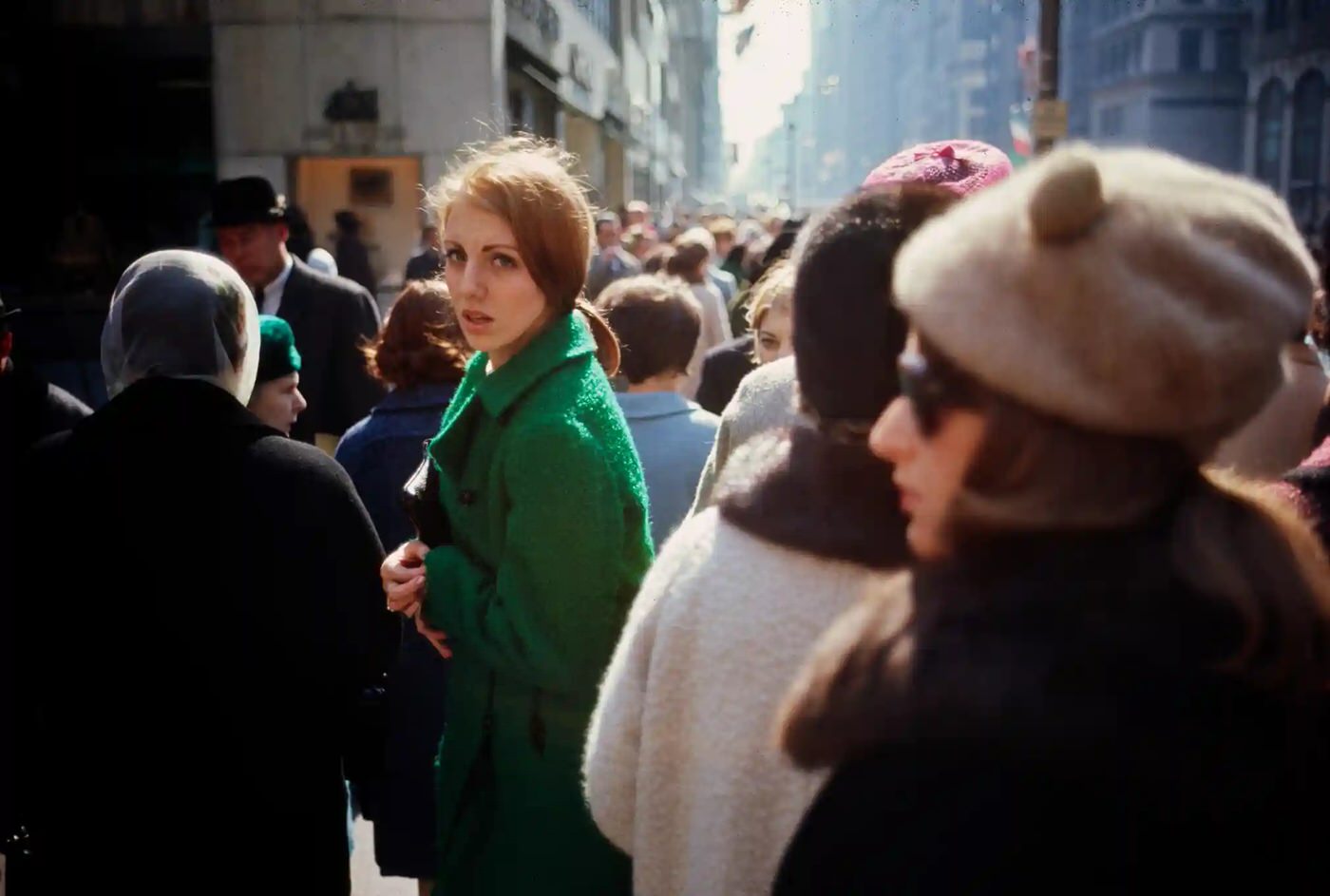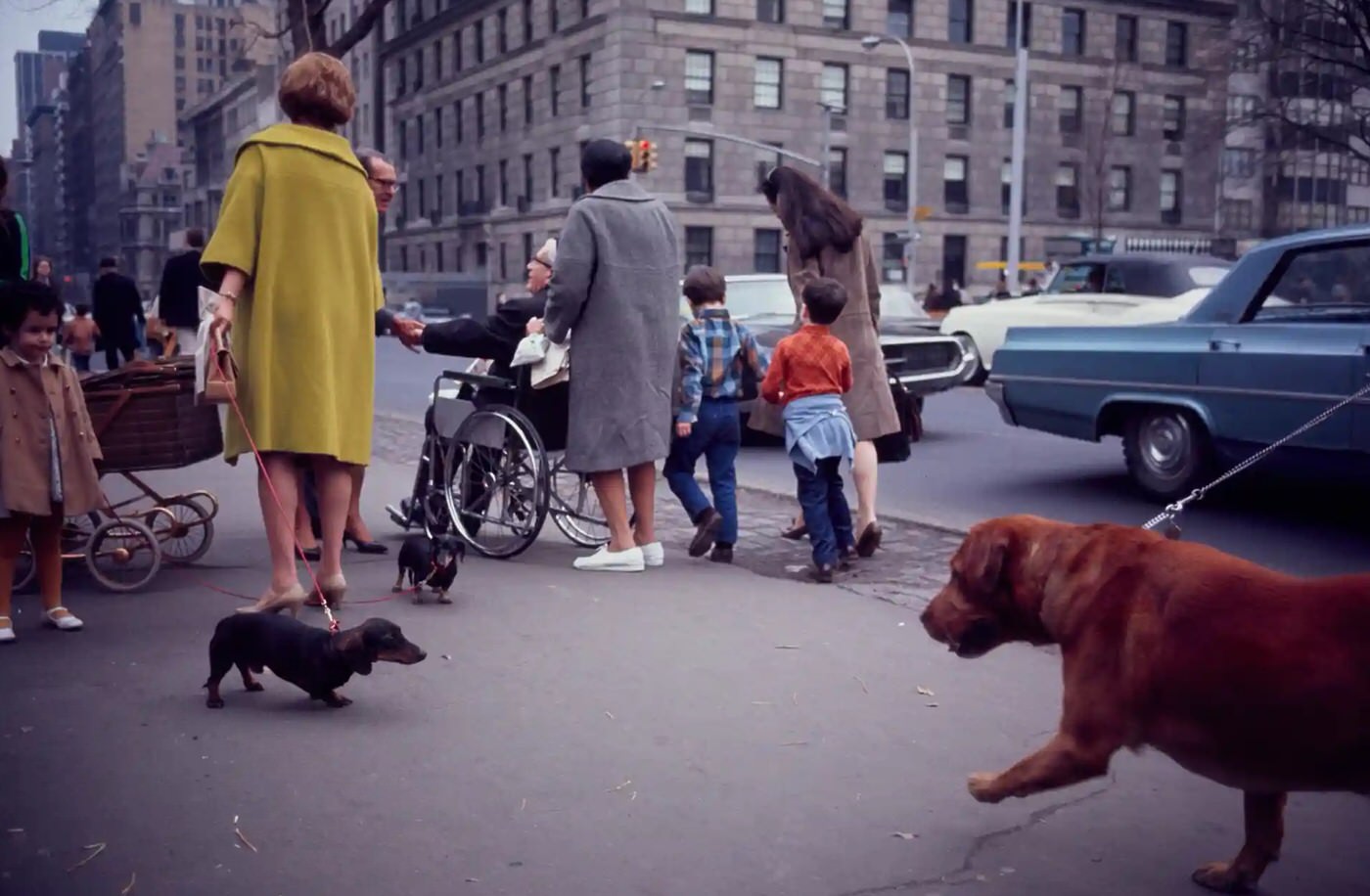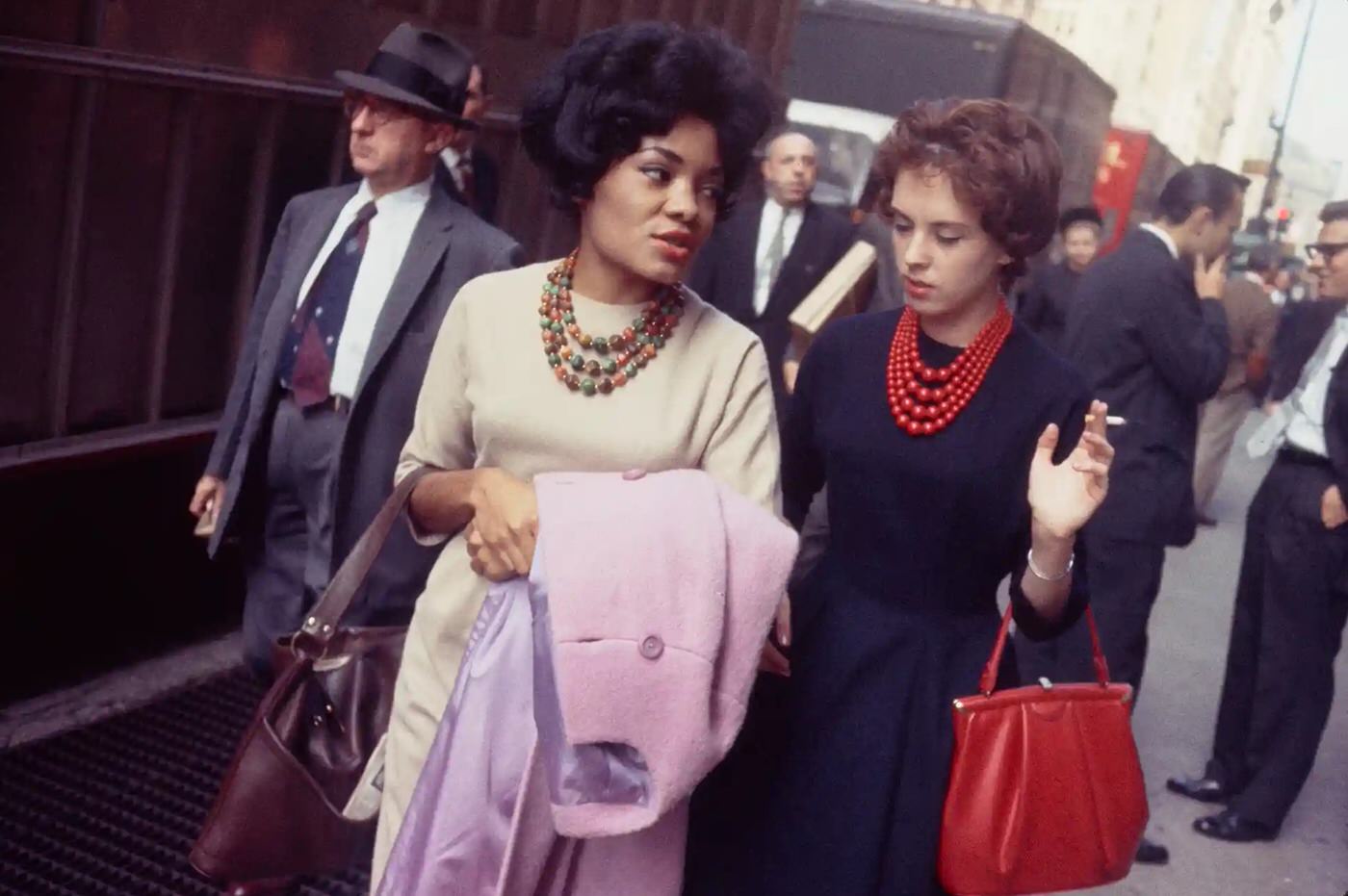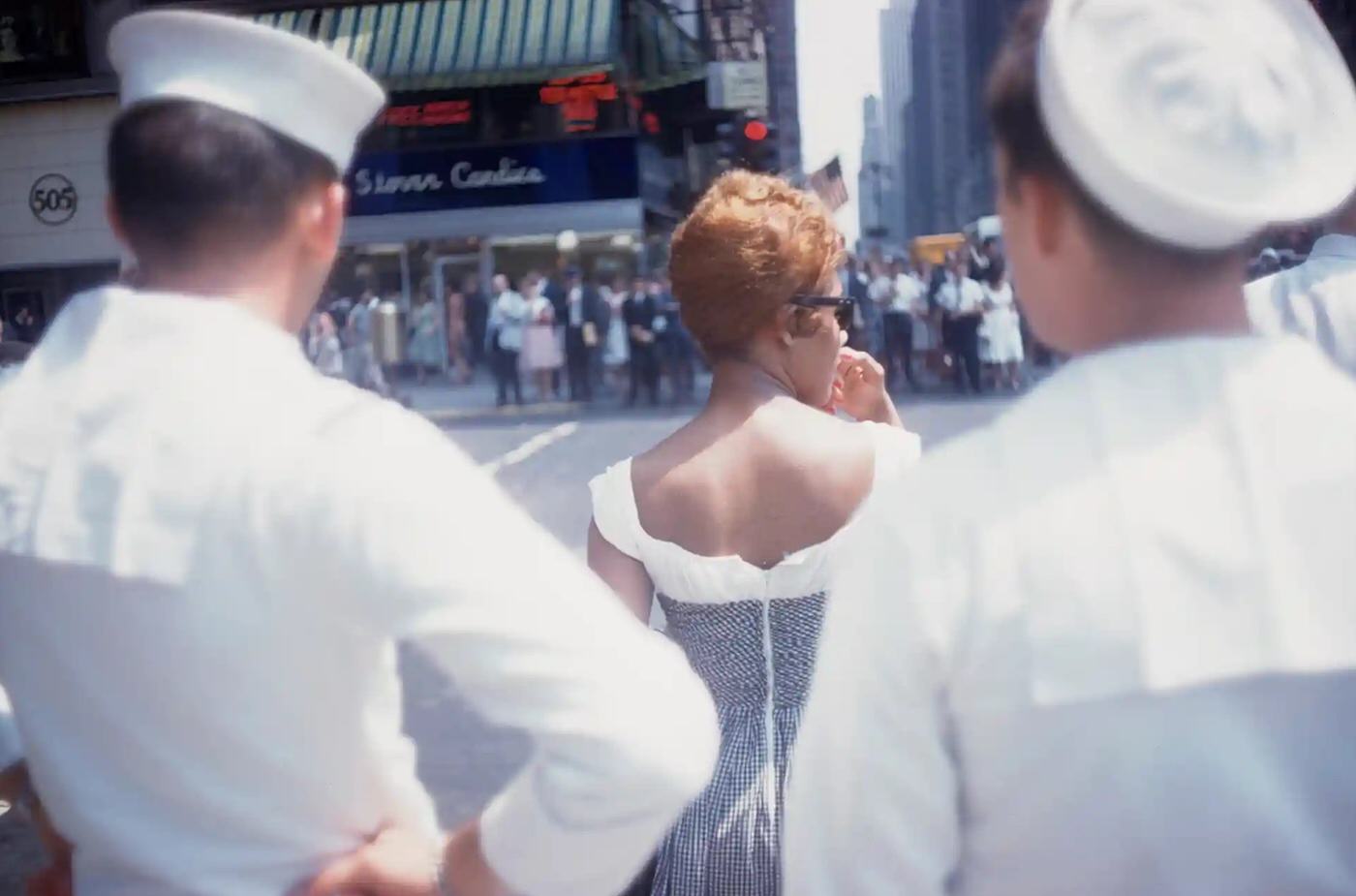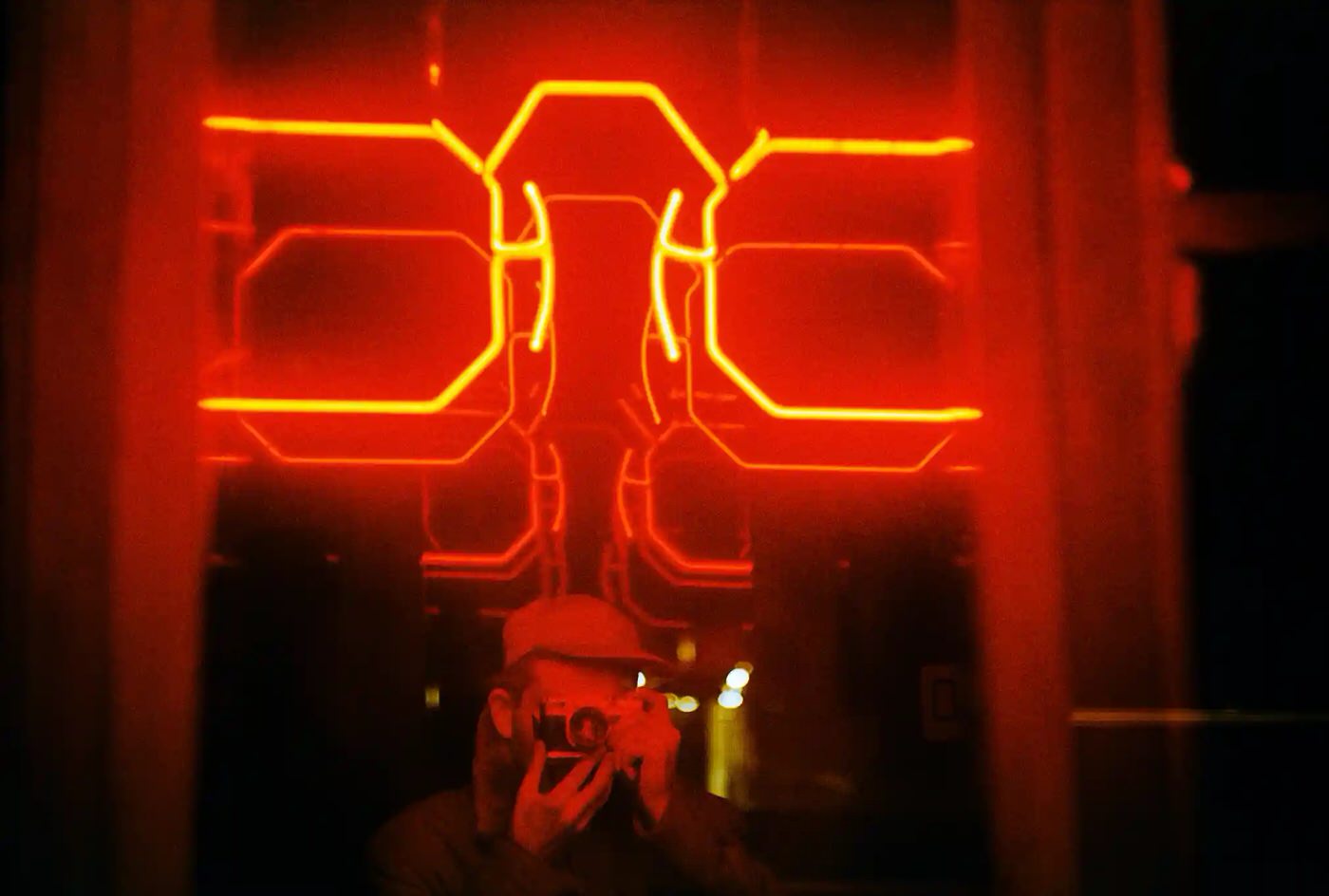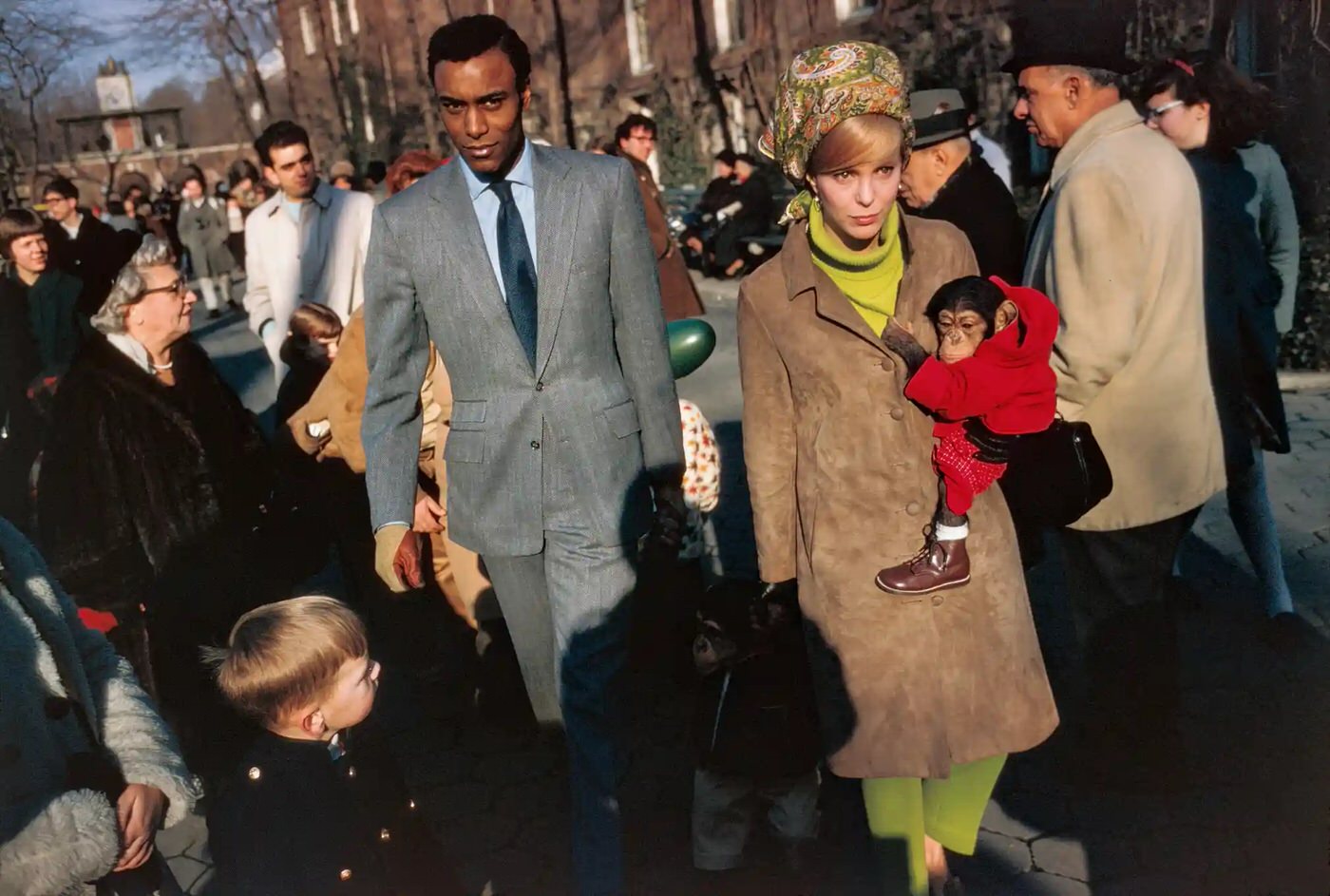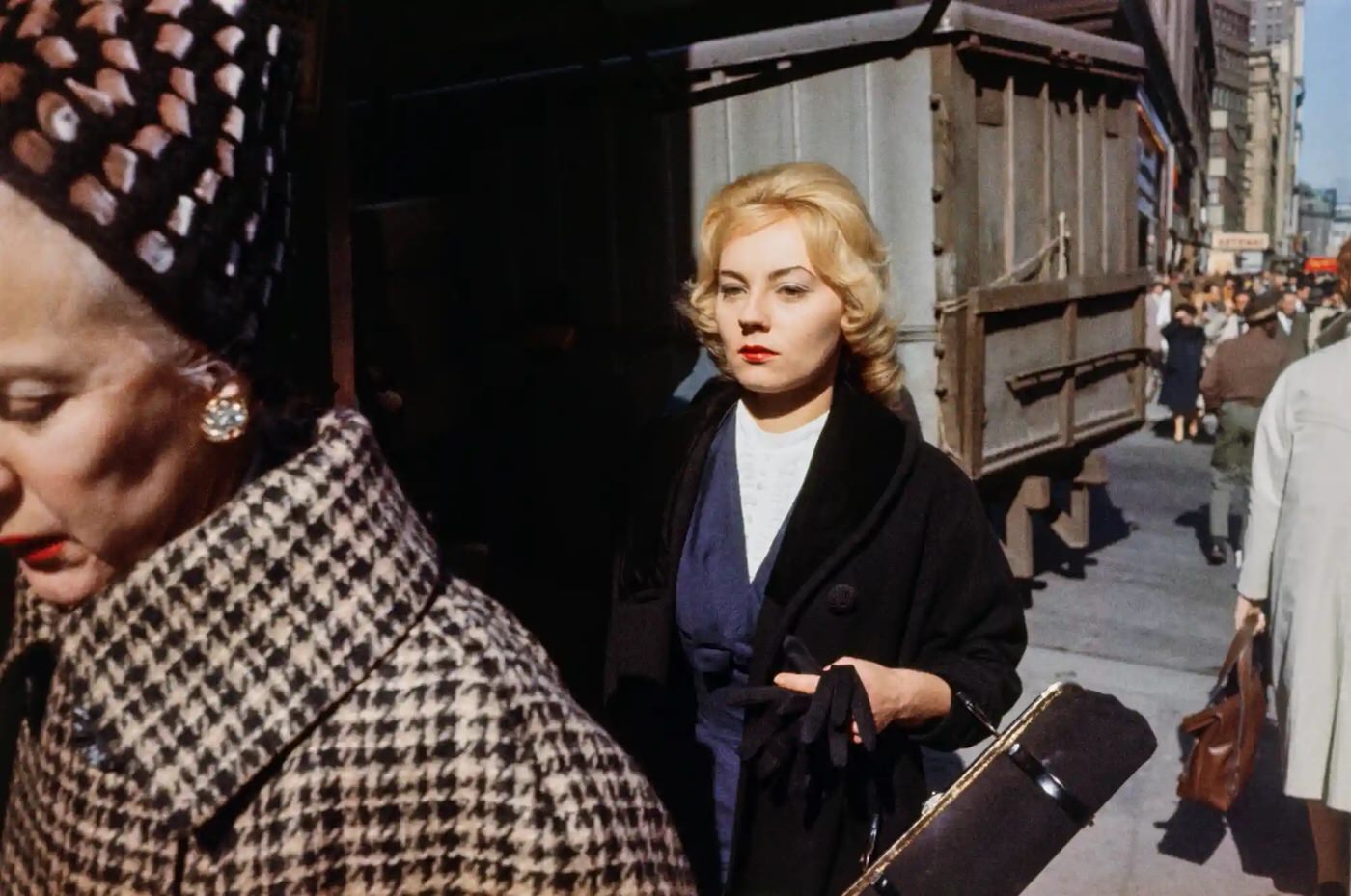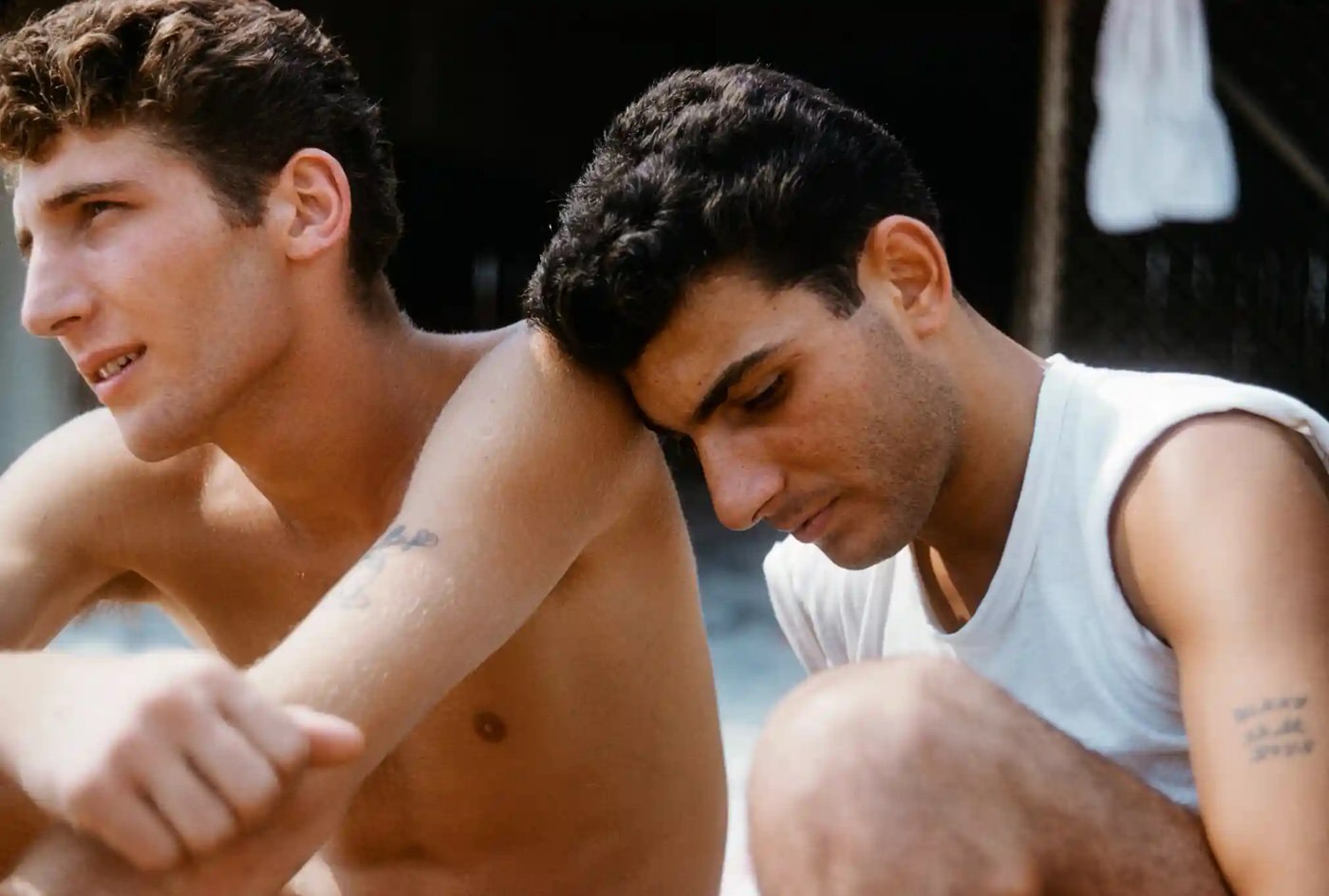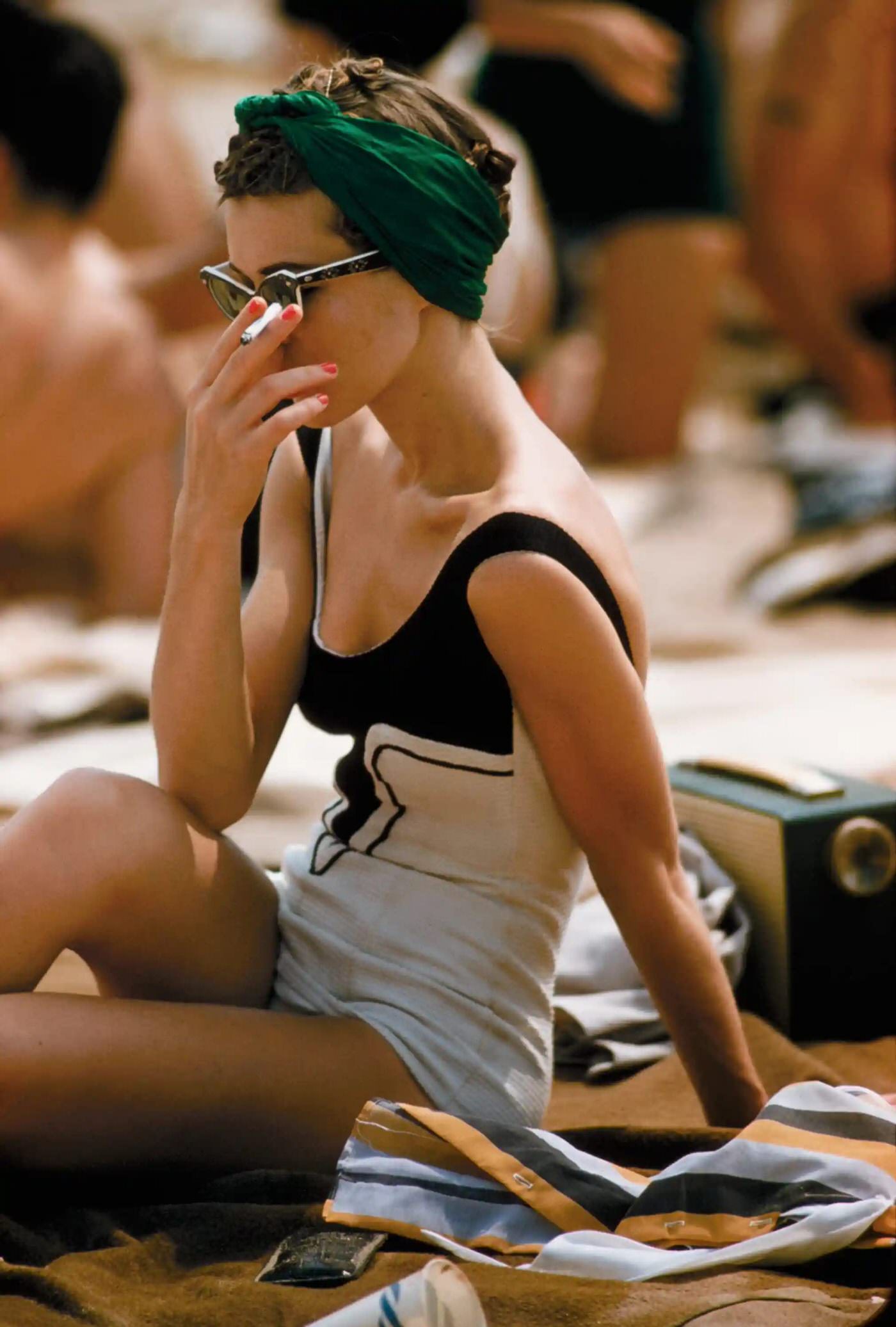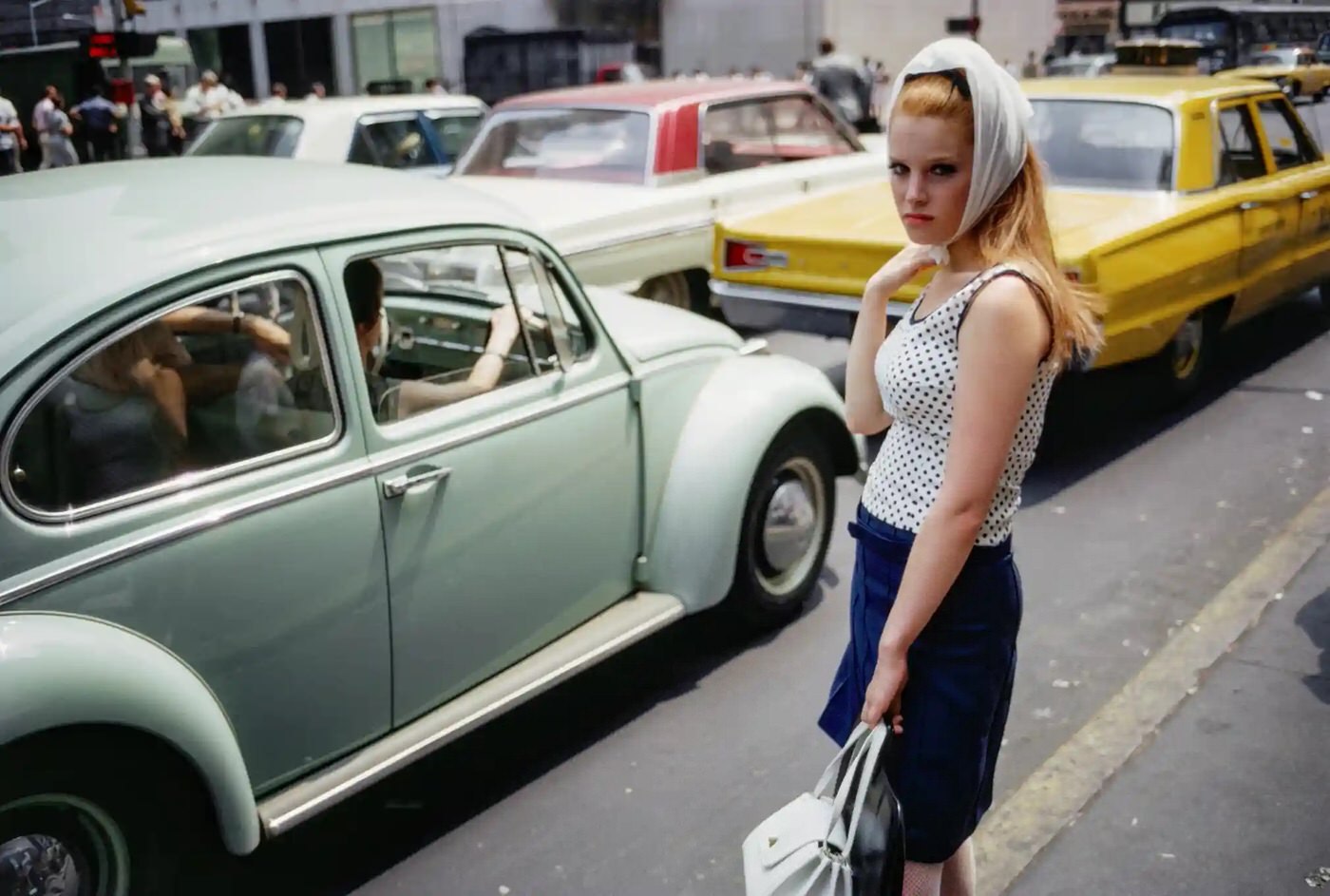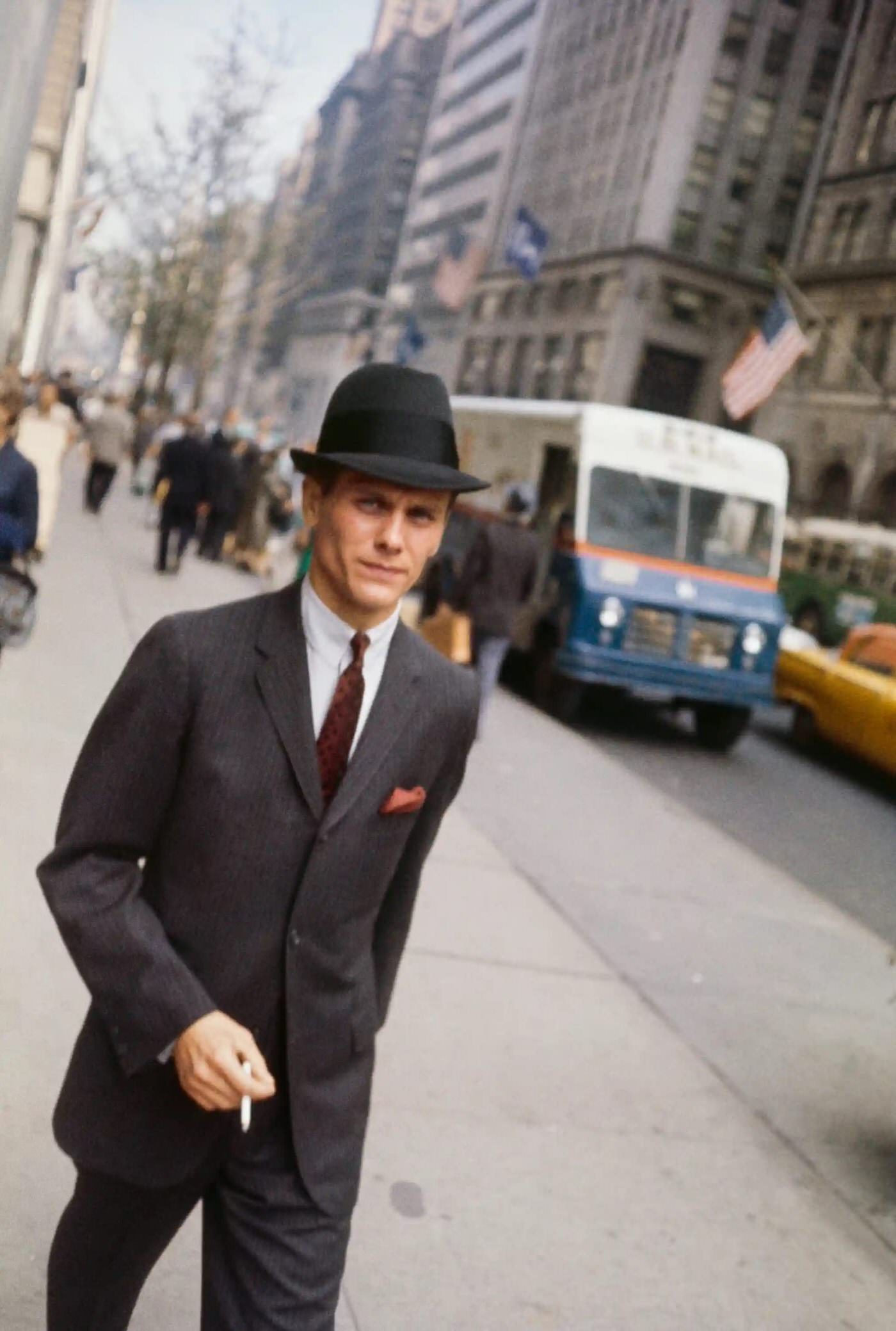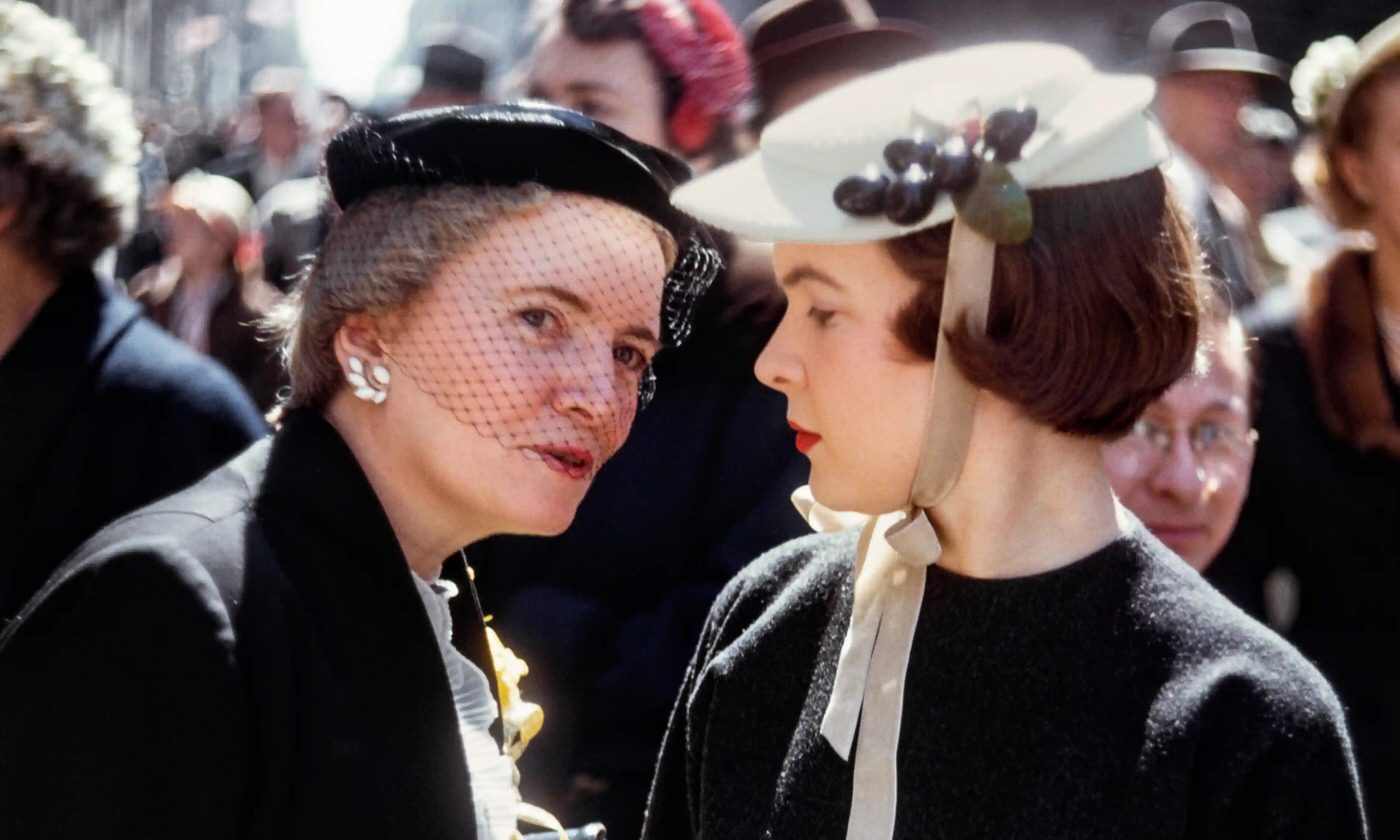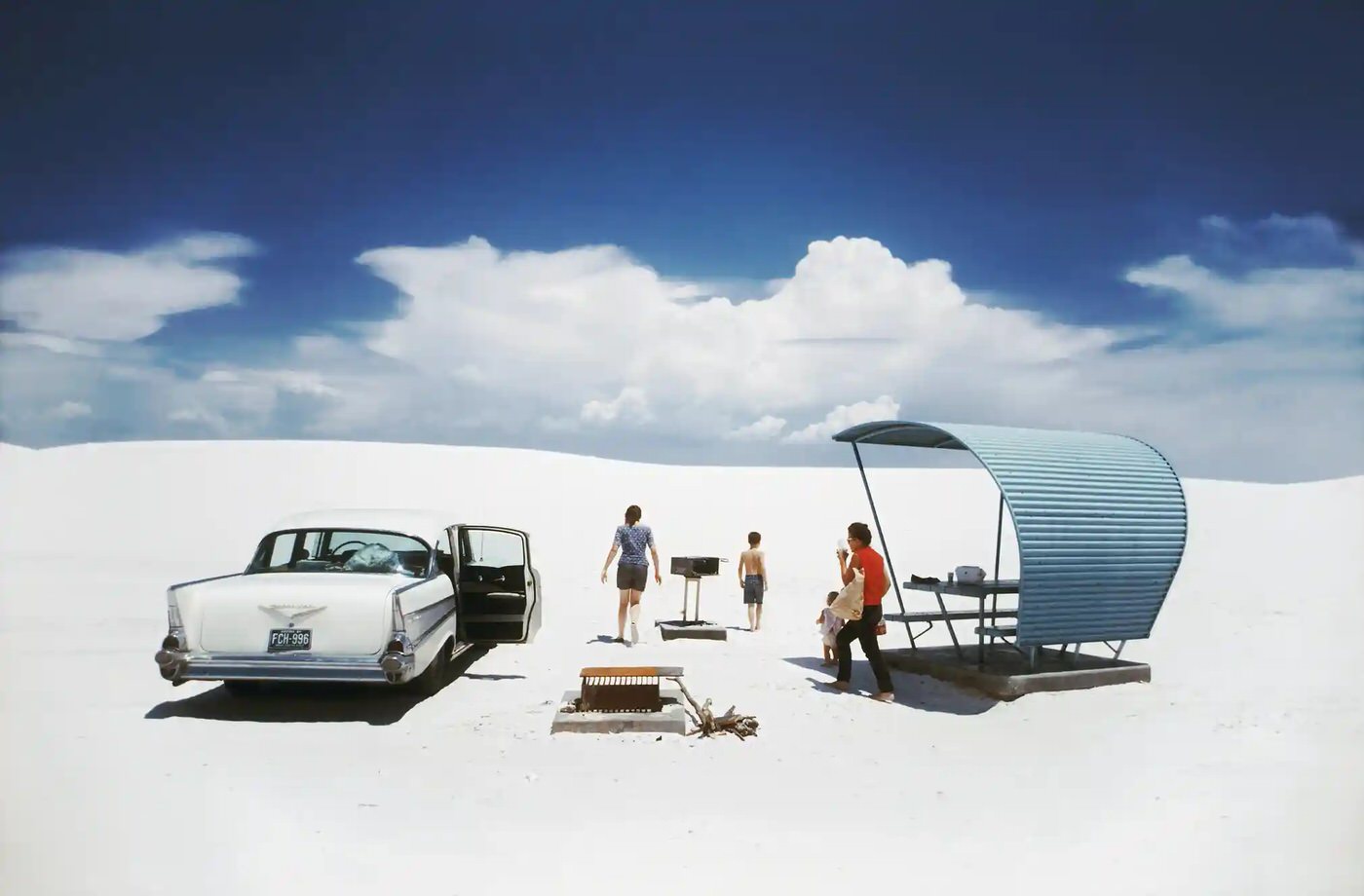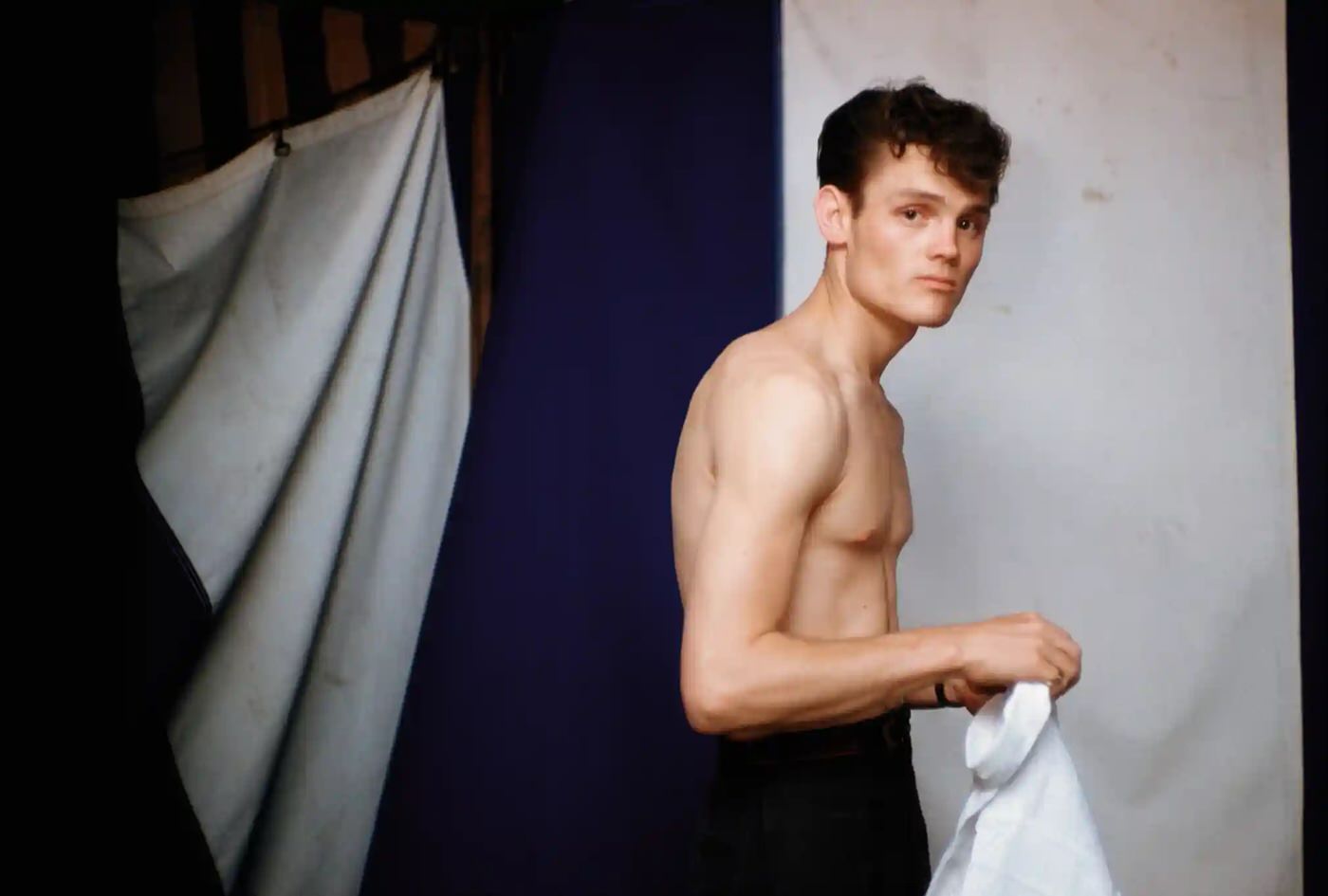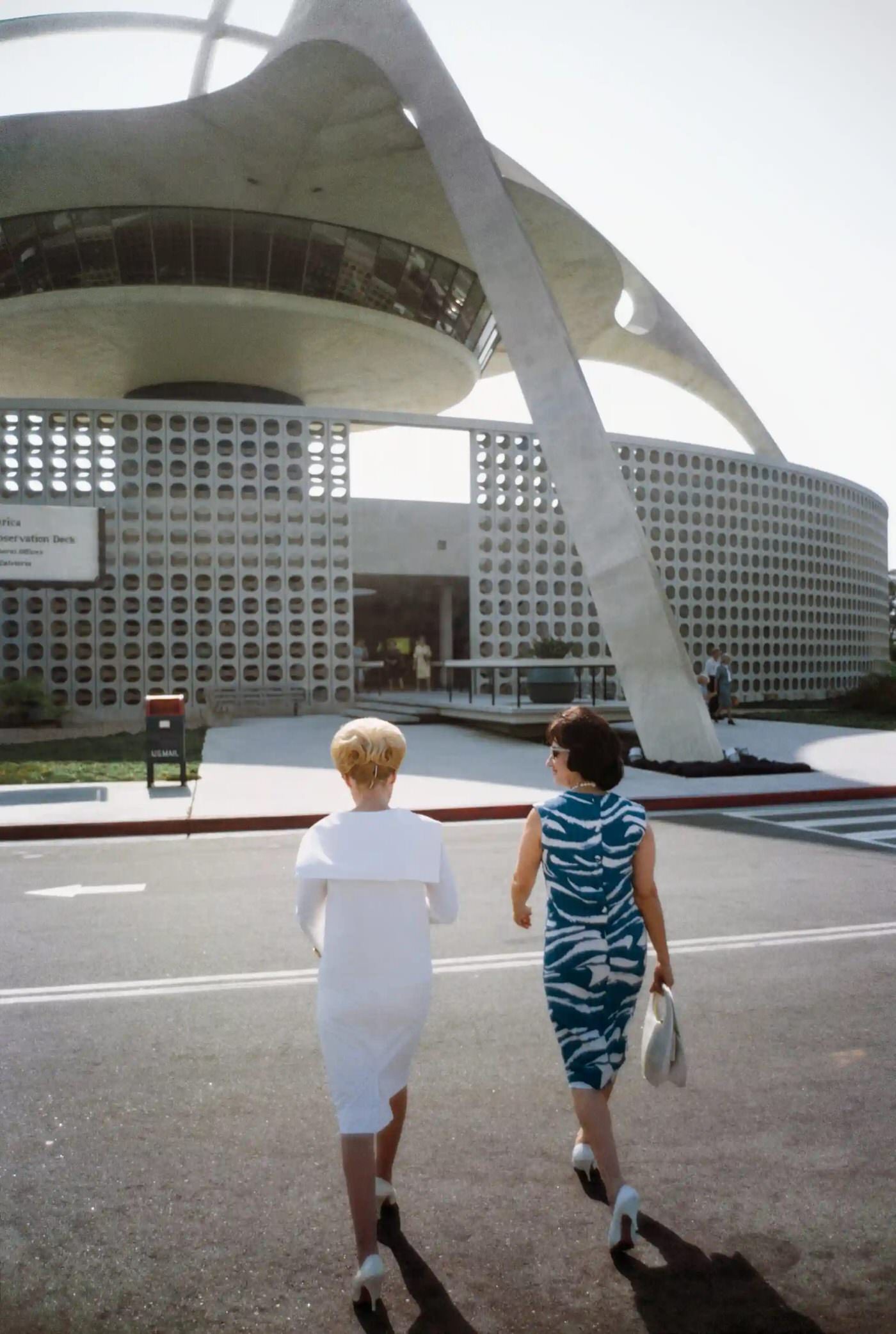Garry Winogrand, a man with a camera seemingly glued to his hand, roamed the streets of New York City capturing life in all its messy, vibrant glory. From the 1950s through the 1960s, his lens became a window into the city’s soul, showing us a New York bursting with energy and painted in a spectrum of colors. His photos weren’t posed or planned; they were raw slices of life, stolen moments that revealed the everyday stories unfolding on the sidewalks and in the parks.
Winogrand wasn’t afraid of getting close. He dove headfirst into the human chaos, capturing the expressions, the interactions, the fleeting emotions that most people would miss. A woman laughs, her head thrown back in pure joy, while behind her a man walks by, lost in his own thoughts. A group of kids plays stickball in the street, their faces focused and determined. A couple steals a kiss on a park bench, oblivious to the world around them. These are the moments Winogrand treasured, the little pieces that made up the larger picture of New York City life.
His use of color was revolutionary. In a time when black and white photography was considered more “artistic,” Winogrand embraced the vibrancy of color film. He saw the world in shades of red, yellow, blue, and green, and he wanted his photographs to reflect that. A woman’s bright red dress pops against the gray backdrop of a city street. A taxi cab, a splash of yellow, zooms past a group of pedestrians. The American flag, a burst of red, white, and blue, hangs proudly from a building. Color, for Winogrand, wasn’t just an aesthetic choice; it was a way to emphasize the energy and life pulsing through the city.


